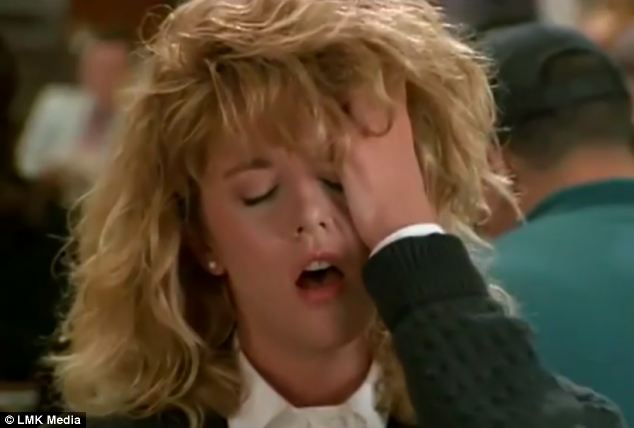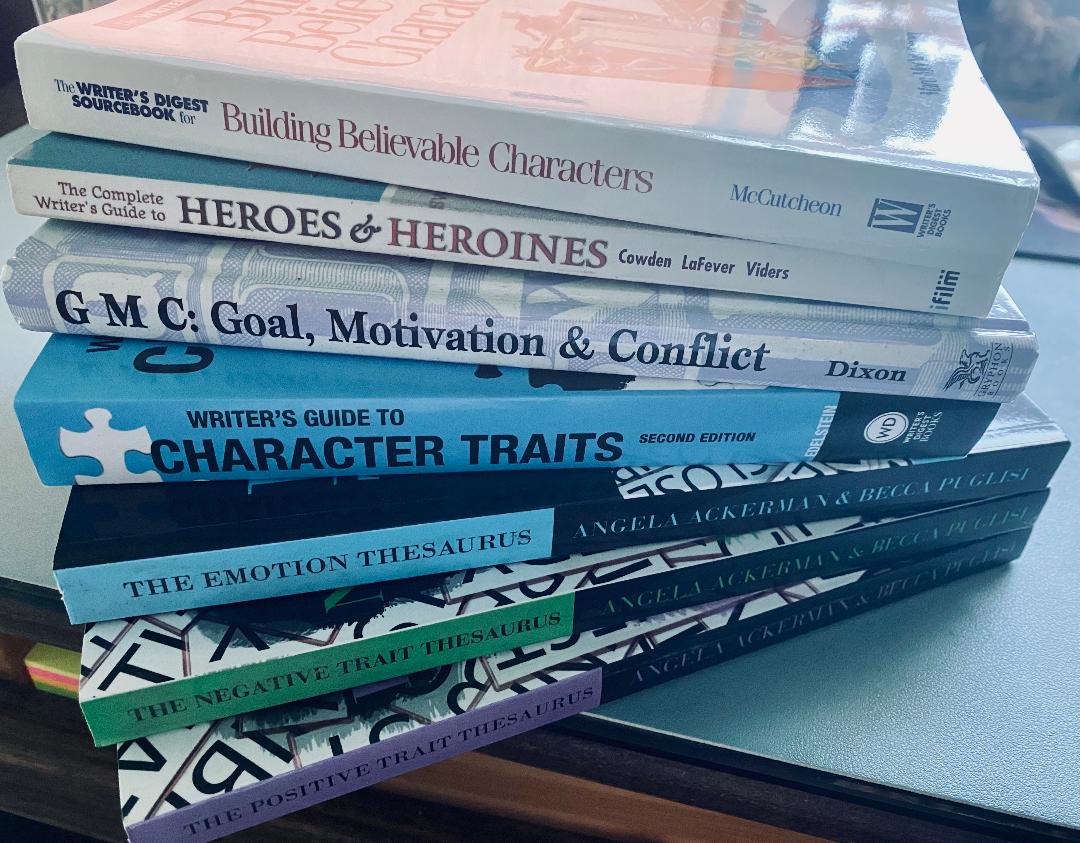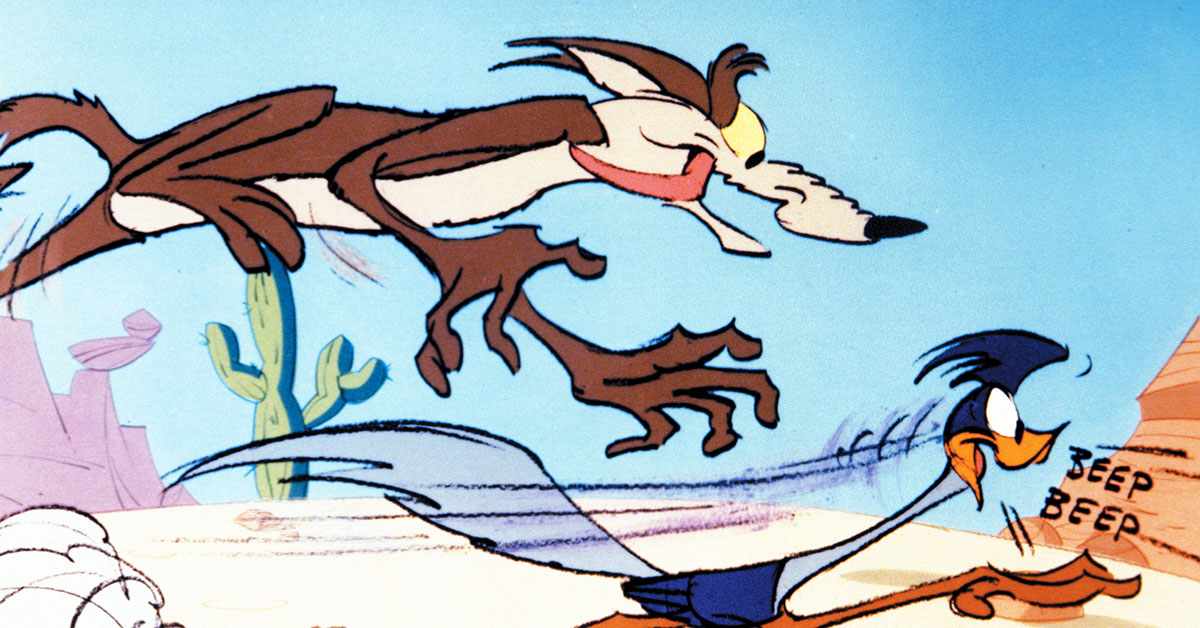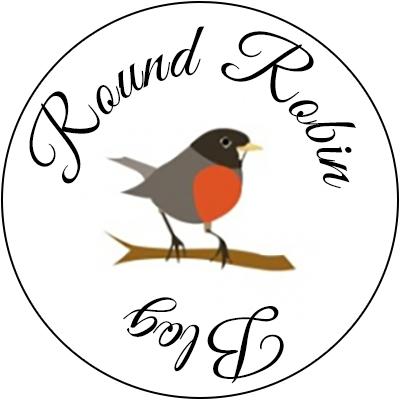Breathing Life into your Characters
 XX
XX
April is here and things are blooming everywhere, so, our Round Robin Blog Hoppers are discussing how they make their characters to spring into life.
XX
With a few rare exceptions where the action is the WHOLE story, it’s the characters that draw me into a good book and keep me turning pages. I want to become invested in the people between the pages. I want to cheer them on, cry with them, care about their relationships and lives. And I want them to be happy and satisfied with the outcome on the last page. But to make me care, the author has to make those characters real. Paper dolls and characters with no character, just don’t cut it.
XX
I did a workshop on this topic recently and I asked the authors attending the presentation to take a moment to think about their favorite characters from the book or TV series they loved and eagerly looked forward to every new installment. Or think about a book they’ve read at any point in their life where the main character claimed them and they’ve never forgotten the character, perhaps even years later.
XX
For me that goes back a long way. As a child I was in love with Heidi. I wanted to be Heidi. I wanted to live on that mountain with the Grandfather and Peter. I still recall how deeply I cared, so what made me care, and still remember all these years later? Because Johanna Spyri made me care about Heidi. A 5-year old orphan who is taken by her aunt to live with her reclusive grandfather far away from the village and anything she’s ever known in her short life. How could you not care about her? But she’s cheerful and friendly. She falls in love with Peter and his goats and begs to go up the mountain with them every day. A carefree lifestyle most kids who are tied to school and routine would envy. Heidi wins over the grumpy old grandfather along with her readers.
XX
Well, I’m no longer a child, and I’ve become a little more demanding in what kind of characters grab my attention and devotion. I don’t want to read about billionaires or super models without a care in the world. I’m not drawn to characters I can’t get into the hearts and minds of. An example of what draws me might be the comparison between Kensi Blye and Marty Deeks on NCIS LA.
 XX
XX
Kensi is a bigger than life heroine. She is fluent in Portuguese, French, Spanish, Japanese. She knows Morse code and can lip read. She’s an ace sniper, excellent tracker. She can fix engines, plays poker, knows how to wire a house. She can and does defeat men twice her size in physical combat. In fact, she’s almost too big to be believable. But where are her flaws? Mostly she comes across as invincible.
XX
Then there’s Marty, who begins in the series as a borrowed undercover officer from LAPD. With his scruff and unkempt blond hair he looks more like a surfer than a cop or an NCIS agent. He has an almost boyish attitude and a quirky sense of humor. He gets beat up on occasion and is sometimes treated as the odd man out, which he spends a good deal of time trying to overcome. And yet – he comes across to me (the reader or TV watcher) as more believable than his partner Kensi. I find myself rooting for him far more often than for Callen or even Sam Hanna when the chase is on. And I’m only concerned about Kensi because Deeks loves her and anything that hurts her, hurts Deeks.
XX
 One heroic character that has become an international phenomenon and even if you haven’t watched the Outlander series or read the books, you may still have heard of him. Jamie Fraser. Do a brief search on social media and you’ll quickly find what drives his popularity. A short list includes: honorable, loyal, loving, faithful, passionate, romantic, brave, flawed, funny, vulnerable and the way he treats Claire.
One heroic character that has become an international phenomenon and even if you haven’t watched the Outlander series or read the books, you may still have heard of him. Jamie Fraser. Do a brief search on social media and you’ll quickly find what drives his popularity. A short list includes: honorable, loyal, loving, faithful, passionate, romantic, brave, flawed, funny, vulnerable and the way he treats Claire.
He’s educated, a soldier, a laird, brother, son, and leader – and yet at the start of the first book, he is barely into his 20s. He is an outlaw wanted by the British but revered by the Scots. Personally, he is both a keen observer of those around him, fiercely loyal, and willing to be openly emotional. He is scarred, both physically (from beatings his nemesis Jack Randall loves to inflict on him) and emotional. When he falls in love with time traveler, Clair, that brings a whole new raft of vulnerabilities to what started out as a wounded, yet independent young warrior. In the author ‘s own words: “Jamie was created by a woman to be simultaneously masculine, yet vulnerable. Someone you could trust with your life and feel compelled to care for. Innocent yet wise, capable of showing emotion. Takes responsibility for his mistakes, is fiercely loyal devoted and loyal.
XX
That’s the kind of character that draws me into the story right from the start and keeps me there, eager for the next chapter, reluctant to put the book down, and on the last page feeling as if my best friend just moved a thousand miles away.
XX
 Comedy is a whole other world. One doesn’t have to be a Kensi Blye. But still, consider over the years, what makes a comedic character of either sex compelling. It’s their FLAWS! Dick Van Dyke could trip over his own feet, or Lucille Ball who half the time had her foot in her mouth. Barney Fife who’s afraid of his own shadow. Writing comedy is a
Comedy is a whole other world. One doesn’t have to be a Kensi Blye. But still, consider over the years, what makes a comedic character of either sex compelling. It’s their FLAWS! Dick Van Dyke could trip over his own feet, or Lucille Ball who half the time had her foot in her mouth. Barney Fife who’s afraid of his own shadow. Writing comedy is a  craft very different from suspense, mystery, or drama, but the characters still have to be compelling with both admirable and flawed characteristics to make them believable beyond the caricature! Think of Sheldon Cooper on the Big Bang Theory who is the so over the top Brainiac, but struggles with personal relationships and OCD tendencies. Or Sally Albright in the movie When Harry Met Sally who is equally flawed, yet captured instant attention by proving a woman could fake an orgasm that a man would never know wasn’t real – in the middle of a restaurant and embarrassing Harry completely. The fun is in the flaws as well as the strengths. In fact, neither of these characters would be compelling without their flaws.
craft very different from suspense, mystery, or drama, but the characters still have to be compelling with both admirable and flawed characteristics to make them believable beyond the caricature! Think of Sheldon Cooper on the Big Bang Theory who is the so over the top Brainiac, but struggles with personal relationships and OCD tendencies. Or Sally Albright in the movie When Harry Met Sally who is equally flawed, yet captured instant attention by proving a woman could fake an orgasm that a man would never know wasn’t real – in the middle of a restaurant and embarrassing Harry completely. The fun is in the flaws as well as the strengths. In fact, neither of these characters would be compelling without their flaws.
XX
 So, where do you begin to find these flaws. I have a whole shelf of books to consult, but I might start with people I know. I never copy a specific individual, but I might borrow their mannerisms, faults, habits and speech. There are people in the news with a vast array natures, behaviors and dispositions I’ve never encountered personally. And when there are holes still to fill, I have a whole shelf of books to consult. A series of books – The Writer’s Guide Thesauruses, that includes Character Flaws, Negative Traits, Positive Traits, Careers and Psychological Traumas. (This last one is a great way to figure out WHY your character came by his or her flaw, or what drives them to behave the way they do.) My shelf also has Heroes & Heroines – Sixteen Master Archetypes, Building Believable Characters – by Marc McCutcheon
So, where do you begin to find these flaws. I have a whole shelf of books to consult, but I might start with people I know. I never copy a specific individual, but I might borrow their mannerisms, faults, habits and speech. There are people in the news with a vast array natures, behaviors and dispositions I’ve never encountered personally. And when there are holes still to fill, I have a whole shelf of books to consult. A series of books – The Writer’s Guide Thesauruses, that includes Character Flaws, Negative Traits, Positive Traits, Careers and Psychological Traumas. (This last one is a great way to figure out WHY your character came by his or her flaw, or what drives them to behave the way they do.) My shelf also has Heroes & Heroines – Sixteen Master Archetypes, Building Believable Characters – by Marc McCutcheon
Characters Emotional and Viewpoint – by Nancy Kress and Creating Character Arcs – by K. M. Weiland
XX
 That Character ARC is another important part of creating characters who resonate. Another invaluable resource is Goal, Motivation & Conflict by Debra Dixon. What does your character want? Why do they want it? And what stumbling blocks are in their way? Filling out a GMC chart for your character will help to bring their character arc into play. And it also helps to show where the weak places in your character’s make up might be.
That Character ARC is another important part of creating characters who resonate. Another invaluable resource is Goal, Motivation & Conflict by Debra Dixon. What does your character want? Why do they want it? And what stumbling blocks are in their way? Filling out a GMC chart for your character will help to bring their character arc into play. And it also helps to show where the weak places in your character’s make up might be.
XXX
And don’t forget the conflict between your characters that heightens both their strengths and the weaknesses. Sheldon Cooper is surrounded by a group of friends, each with their own personality that his either clashes with or is highlighted by. And the interaction between them shows off what kind of person he is. By himself, he appears to be a super smart guy with obsessive habits, but because of the rest of the cast we see into his caring side. When he worries about Raj, or Penny, and argues with Leonard or Amy, that lets the viewer see deeper into his personality and makes him a character you can care about.
XXX
 So, how are we going to make sure our stories and characters are just as compelling? Start with the things about YOUR favorite characters that you find compelling, loveable or the opposite. You’ll probably find pretty quickly that you did not describe them physically right at the start. In fact, physical appearance might or might not change as you develop other characters. For the most part, I’m betting you wrote down things like I mentioned before about the well-known fictional characters.
So, how are we going to make sure our stories and characters are just as compelling? Start with the things about YOUR favorite characters that you find compelling, loveable or the opposite. You’ll probably find pretty quickly that you did not describe them physically right at the start. In fact, physical appearance might or might not change as you develop other characters. For the most part, I’m betting you wrote down things like I mentioned before about the well-known fictional characters.
XXX
 How important is it to dig deep into secondary characters? Ask yourself, Do they serve a purpose? Do they drive the plot or are they just placeholders. Sometimes characters like the waiter shouldn’t even get a name, never mind a character outline. Unless it’s a small-town diner where the waitress knows you and everyone else in town by name. But if your secondary characters are going to move your plot or your heroine, they need to have careful thought put into them as well, emphasizing those characteristics they have that impact your main characters or the story.
How important is it to dig deep into secondary characters? Ask yourself, Do they serve a purpose? Do they drive the plot or are they just placeholders. Sometimes characters like the waiter shouldn’t even get a name, never mind a character outline. Unless it’s a small-town diner where the waitress knows you and everyone else in town by name. But if your secondary characters are going to move your plot or your heroine, they need to have careful thought put into them as well, emphasizing those characteristics they have that impact your main characters or the story.
XX
 What about Villains and antagonists? A villain needs to be just as compelling as your hero to make the conflict believable. The antagonist just needs to make waves and disagree with your hero and heroine. Both are stumbling blocks. They might be unpredictable, sociopathic, narcissistic or use fear to get their way, but they MUST HAVE REASONS – Revenge, Hate, Greed, Sex, Drugs for a few examples. Allow your reader to feel some connection to your villain. Maybe they are motivated by Religion, A need to be liked or a Need for attention
What about Villains and antagonists? A villain needs to be just as compelling as your hero to make the conflict believable. The antagonist just needs to make waves and disagree with your hero and heroine. Both are stumbling blocks. They might be unpredictable, sociopathic, narcissistic or use fear to get their way, but they MUST HAVE REASONS – Revenge, Hate, Greed, Sex, Drugs for a few examples. Allow your reader to feel some connection to your villain. Maybe they are motivated by Religion, A need to be liked or a Need for attention
XX
 Basic villain types include: The Classic villain (Sociopath, self-interest, Rules don’t apply to him and Not redeemable) The Supernatural villain who uses sorcery or has some special paranormal power But this villain must have a weakness like Superman’s Kryptonite. The Bond Villain who is Rich, Powerful, Larger than Life, Has a following of henchmen, Enjoys the crime or is an Egomaniac. And of course, Rivals like the Evil Twin, the Femme Fatale or the Bully.
Basic villain types include: The Classic villain (Sociopath, self-interest, Rules don’t apply to him and Not redeemable) The Supernatural villain who uses sorcery or has some special paranormal power But this villain must have a weakness like Superman’s Kryptonite. The Bond Villain who is Rich, Powerful, Larger than Life, Has a following of henchmen, Enjoys the crime or is an Egomaniac. And of course, Rivals like the Evil Twin, the Femme Fatale or the Bully.
XX
The most important part of your story, unless you’re Lee Child, are the characters, so take the time to make them real, compelling, and memorable. Things to remember about ALL your characters’ flaws and strengths – there NEEDS TO BE A REASON
 XX
XX
Try asking yourself how other writers have convinced you to care about your favorite characters. What did they show you about that character that made them so compelling and HOW did they show it. Backstory dumps are a huge no-no so don’t use this to tell your readers why your character is what he or she is. Find ways to show the reader in the action, in how they relate to other characters, or how they react to love, threats, sadness etc.
XX
One last hint I’ll leave you with – after you’ve created your character, pretend you are a reporter for the local paper and interview your character as if you will be writing a feature article for this Sunday’s paper. Ask the tough personal questions. Dig for dirt. Make them squirm. Make them explain their goals and why they are so important. If you know your character this well, he or she will shine in the story you are writing.
XX
Time to visit the rest of our Round Robin Authors and find out how they create great characters.
XX
 Anne Stenhouse
Anne Stenhouse
Connie Vines
Diane Bator
Dr. Bob Rich
Fiona McGier
Marci Baun
Victoria Chatham
A.J. Maguire
Helena Fairfax
Judith Copek